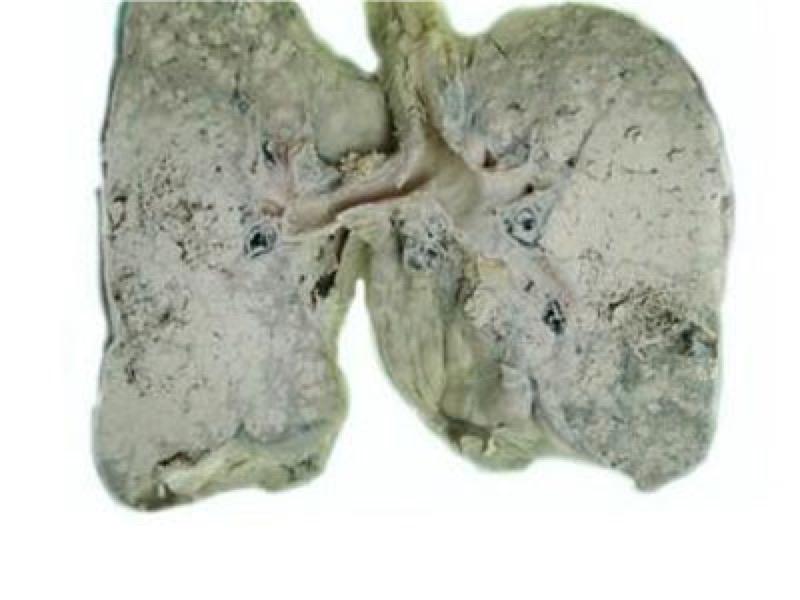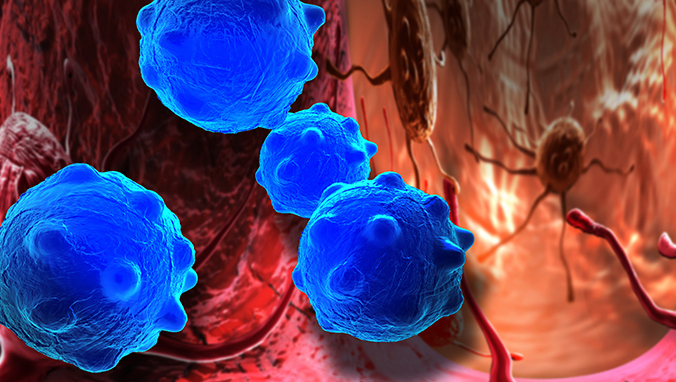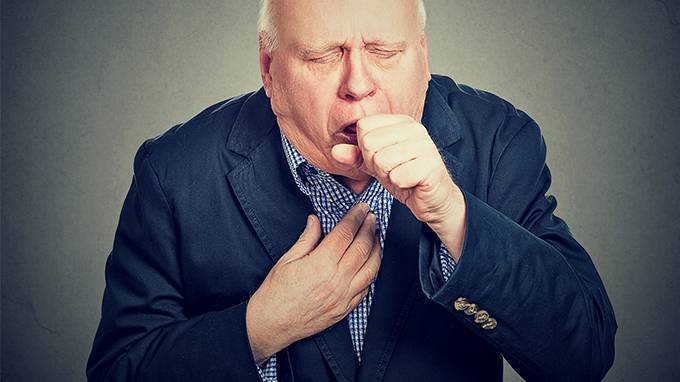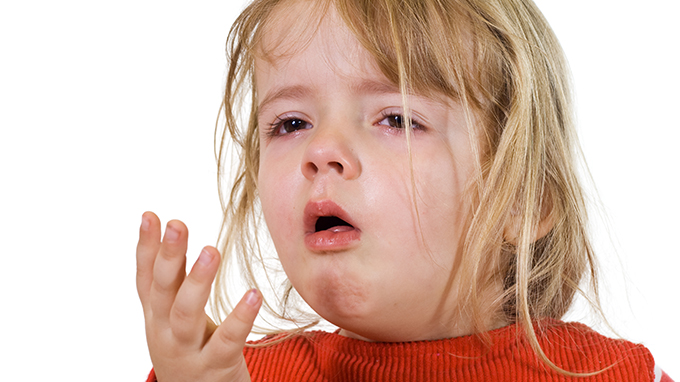Nodules of the lungs, don't be too nervous
Lung cancer has become the highest malignant tumor in my country, with 700,000 new lung cancer patients every year, with the highest incidence and mortality rate.
small nodules are one of the important manifestations of early lung cancer, how to treat them correctly? What are the early symptoms of lung cancer, and how to prevent the invasion of this "first cancer"?
small Nodules are not necessarily lung cancer
With the development and increasing popularity of imaging, especially spiral CT, the discovery rate of micronodular lesions in the lungs has increased significantly. Clinically, even small pulmonary nodules less than 2 mm can be found, which makes the diagnosis of doctors more difficult, and also brings some problems to patients whether to receive treatment.
Pulmonary nodules do not necessarily mean lung cancer, and many benign diseases can also be manifested as small nodules. Generally speaking, in addition to lung cancer and congenital abnormalities of the lung, diseases that are manifested as "pulmonary shadows" are also more common in lungs, including pneumonia, tuberculosis, bronchiectasis, pulmonary aspergillosis, etc. . It has been reported in the literature that the pulmonary nodular lesions have a malignant rate of 73%, mainly lung adenocarcinoma; the benign rate is 27%, mainly hemangiomas, granuloma lesions and tuberculoma.
Therefore, once a patient finds a small nodule in the lungs, he does not need to be overly nervous, but should actively seek a specialist such as thoracic surgery to confirm the diagnosis. The doctor will apply other auxiliary examination methods according to the specific situation of the patient, such as chest CT, fiberoptic bronchoscopy, puncture under CT positioning, and sputum cell examination to further confirm the diagnosis.
High-risk people with small nodules
Several types of people should not be taken lightly when they find small shadows or nodules of the lungs on physical examination, they should actively consult a professional thoracic surgeon , Receive regular further examination and timely treatment:
Long-term smoking, smoking for more than 20 years, smoking more than 20 cigarettes per day, or passive smokers;
age in People over 40 years old, accompanied by chest pain, cough, unexplained sputum with bloodshot eyes, weight loss, weight loss and other symptoms;
People with a family history of cancer, especially a genetic history of lung cancer;
Nodules are more than 1 cm in size, with burr-like, lobulated, or frosted glass-like changes.
Experts pointed out that even if the small nodules of the lungs are diagnosed with early lung cancer, there is no need to be too panic, they can be surgically removed, and the 5-year survival rate can reach more than 80%. Nodules with a diameter of less than 1 cm can also be applied with minimally invasive positioning techniques and thoracoscopic surgery to make correct diagnosis and give targeted treatment in time.
Other early symptoms of lung cancer
Some symptoms of early lung cancer are also more common in other respiratory diseases, such as cough, fever, chest pain, etc., should be combined with a complete medical history and imaging data, On the basis of excluding tuberculosis, bronchiectasis, pneumonia and other diseases, make a correct diagnosis.
Cough: Irritation dry cough usually without sputum or less sputum. When the tumor causes bronchial stenosis, the cough can be aggravated, which is mostly persistent. It is a high-pitched metallic cough or irritating choking cough. When accompanied by secondary infections, there will be sputum.
Blood sputum: This is the first symptom of central lung cancer, usually with intermittent or continuous blood in the sputum. This is mostly due to ulceration of the cancer focus, and it is relatively rare for people with large hemoptysis.
Chest pain: The initial chest pain is usually irregular chest tightness, pressure or dull pain. Patients sometimes cannot describe the nature and specific location of the pain. If the chest pain is more severe, it is limited to one side or fixed to a certain location, which mostly means that the lung cancer lesion has invaded outward and involved the pleura and chest wall. Therefore, once the middle-aged and elderly people feel chest pain, they should be checked in time, and do not despise.
Fever: Necrosis of tumor tissue can cause fever, general antibiotic treatment is not good, or relapse after temporary improvement.
Symptoms of lung cancer metastases: The clinical symptoms of these cases are first manifested in the metastases outside the lungs, usually with hoarse voice, enlarged neck lymph nodes, and pericarditis, cerebrovascular disease, fatigue, loss of appetite, Progressive hepatomegaly.
Experts emphasized that if you have the above symptoms, you should be more vigilant, do chest CT screening, strive for early detection, early diagnosis, and early treatment of lung cancer, improve the quality of life, and prolong the survival time.
Change lifestyle
At present, it is recognized that the following factors are closely related to the etiology of lung cancer: smoking, air pollution, occupational factors (exposure to carcinogens such as asbestos, talc, etc.), lungs Chronic diseases, human internal factors (including genes and inheritance), etc.
The formation of lung cancer is related to our environment and living habits. Good living habits can reduce the incidence of lung cancer.
Quit smoking: First of all, not smoking is not only good for your health, but also a responsibility to your family and protects them from second-hand smoke.
Cooking habits change: In recent years, the incidence of lung cancer in women who have not smoked has increased year by year, and relevant studies have shown that it is highly correlated with cooking fumes. For this reason, it is recommended to use less high-temperature cooking and frying food, and the kitchen should be ventilated even in winter to reduce the stay of toxic fumes in the room.
Exercise: When the air quality is good, go outdoor. Life must be regular. Professionals should properly decompress themselves after high-intensity work to maintain a comfortable mood.
Related Articles

- Early symptoms of lung cancer
- 2020-12-17

- Symptoms of rhinorrhea
- 2020-12-17

- First-line chemotherapy for squamous cell carcinoma
- Squamous cell carcinoma is abbreviated as squamous cell carcinoma, also known as epidermal carcinoma. It is a malignant tumor that occurs in epidermal or accessory organ cells. Cancer cells
- 2020-08-02

- Dietary coup for winter cough
- The winter in the north is quick to say. When the northwest wind blows down the last autumn leaf, the dry winter begins. The most common health problems in winter are upper respiratory trac
- 2020-08-02

- Get rid of asthma freely (1)
- Asthma is one of the most common chronic respiratory diseases worldwide, and the incidence is increasing year by year, especially among children. Due to various reasons, in our country, esp
- 2020-08-02

- Get rid of asthma freely (2)
- Basic articles 1. How to detect pediatric asthma early
- 2020-08-02
